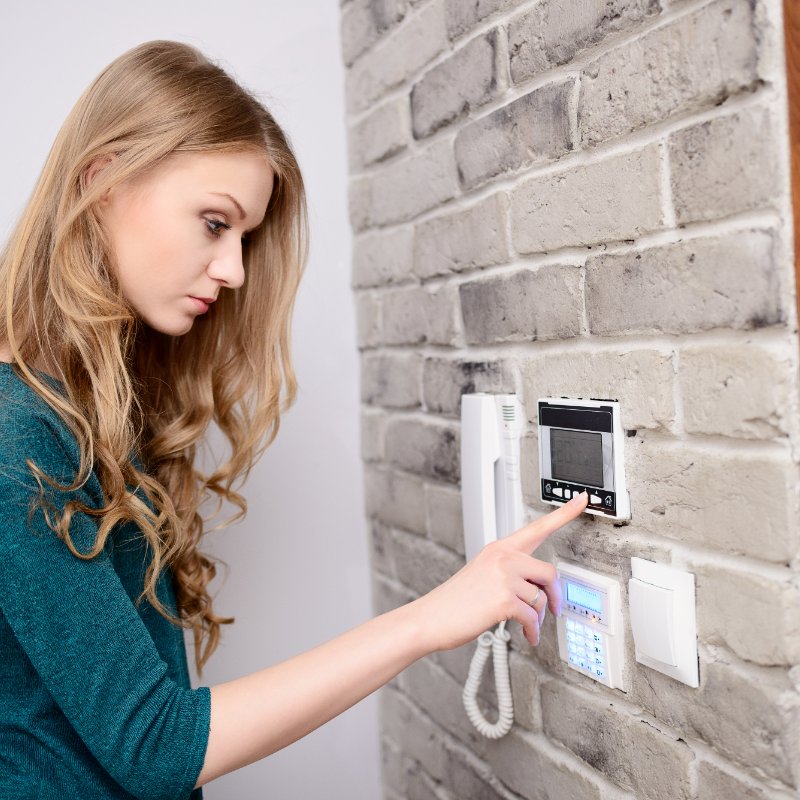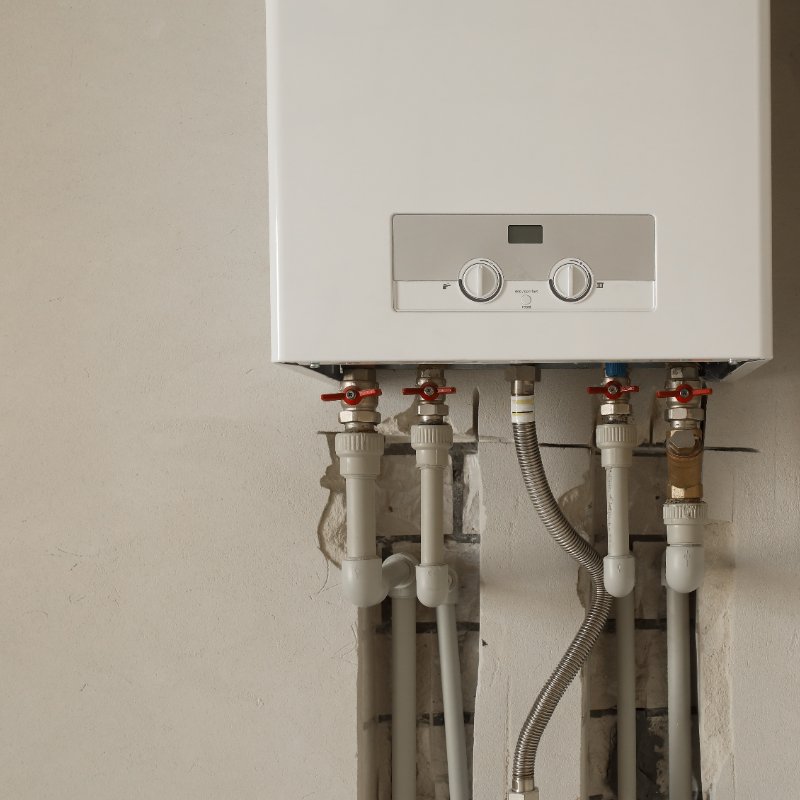
Dealing With Your Heating System
Winter isn’t the time for a heating system to break down and quit working. Hopefully, if yours has, getting heating replacement parts and repair service is easy and fast.
What are the types of heating systems?
There are different types of heating systems to choose from, each with its own set of pros and cons. Five of the heating systems to choose from are:
- Forced Air Systems: Referred to as “central heating”, this is the most common option for residential homes, retail stores, and larger commercial structures. The air is heated in a furnace then forced through air ducts that are within the attic and walls to various registers and vents through the home or structure. This forced-air system can be powered by electricity, fuel oil, natural gas, or propane, which is one reason it is so common and popular. Heating replacement parts are readily available, and in most cases, a DIY homeowner can do many of the repairs themselves.
- Electric Systems: This heating system is common where fuel oil, natural gas, or propane aren’t available. Typically installed in the baseboard and controlled by a thermostat or as individual units that are individually controlled.
- Geothermal Systems: This is an energy-efficient option that uses the heat and water from the earth, with electrical power to send the heat throughout the structure.
- Radiant Heat Systems: In homes and structures with a boiler, this option for heating is common. A boiler heats the water then sends it through tubes under the floor and distributes heat, where it radiates upward through the floors.
- Steam Radiant Heat Systems: This heating system is found in older homes and structures with each room having a radiator. Heating replacement parts for this type of heating system is difficult as it has become obsolete.
What is the most common type of heating system?
The forced air system mentioned above is the most common in the Baltimore area. Of all the heating replacement parts for this type of heating system, the filter is the most common part that must be replaced every 30 days. There are other heating replacement parts that a homeowner with DIY skills can replace or call for professional service is convenient with many licensed contractors in the area.
How do I know if my heater blower motor is bad?
Here are five sure-fire indicators the blower motor is bad in your heating system:
1. Poor or Airflow
The first thing to check is the air filter. If you haven’t changed it in some time, it can be clogged up and stop the airflow. If you have changed the air filter, the blower motor could be clogged with dirt and dust, causing it to malfunction. If the blower motor has overheated, has been exposed to moisture, or at the end of its life expectancy, you’ll need to purchase or have a licensed HVAC technician install a new one. These are available where other common heating replacement parts are available.
2. No Airflow
If there isn’t any air coming from the air vents when the heat is turned on, this is usually a broken blower motor. Again, where other heating replacement parts are found, you can purchase a replacement blower motor. A licensed HVAC technician can inspect and test the blower motor and determine it is a bad relay, the thermostat is faulty, or it may be the fan.
3. Energy Bills Increased
The blower motor is a vital component in your HVAC system and it is the one part that consumes the most energy. If the blower motor is clogged or malfunctioning, it is using more energy because it is working harder.
4. Strange Noises
A heating system will make some noises, which you will get accustomed to hearing. However, if you’re hearing strange sounds when the heating system turns on, like clanking, rattling, screeching, or squealing, you may need one or more heating replacement parts like the blower motor or fan.
5. Overheating and Weird Smells
If the blower motor is overheating, you’ll know by a burning smell when the heat turns on. Another sign is if the blower stops while the heat is running.
What are the signs of a bad furnace capacitor?
The capacitor is one of the more common heating replacement parts. It regulates the electricity going to the fan, a small but very important part. There are four things that can wrong with your furnace that indicate the capacitor is the heating replacement parts needed:
HUMMING NOISES: If the capacitor isn’t functioning right, it will make strange sounds like a low hum when you turn the furnace on. After the humming, warm air may start blowing, or if the capacitor is bad, it will just keep humming.
CLICKING SOUNDS: When a furnace is working right, you can hear a clicking sound when it starts. However, if the capacitor is malfunctioning, you’ll hear constant clicking and the furnace never cuts on.
SHORT-CYCLING: When the capacitor is going out, the furnace turns on but overheats quick because the capacitor isn’t regulating the electricity.
LACK OF HEATING: A bad capacitor can be determined if there is no heat coming from the furnace at all, even after turning it up a few degrees. There are other issues that can keep a furnace from heating that would require heating replacement parts, like the thermostat.
So, when the thermostat is not working you may need to purchase heating replacement parts. You should turn the thermostat up a few degrees and see if the heat cuts on. If not, change the batteries in the thermostat and if that doesn’t help, it is time to replace the unit.
What heating replacement parts could be needed if the furnace is blowing cold air? There are 4 possibilities for a furnace to be blowing cold air:
1. The thermostat is turned off or set to “cool” instead of “heat”.
2. The furnace fuel is low, the gas is turned off, or the breaker is turned off.
3. The furnace ignition has malfunctioned, or the pilot light is out.
4. The air filter is clogged or dirty and restricts the airflow.
What does it mean when the furnace is leaking water?
If you have a high-efficiency furnace, it releases exhaust gases, which creates condensation. Condensation is caused by the moisture built up in the PVC pipe and should drain into a drain pan. If the drain pan is full or the PVC pipe is clogged, the condensation will spill over into the floor. You can empty and clean the drain pan or clear the PVC pipe of any clog should fix the problem with needing any heating replacement parts.
What is the recommended time for how often to replace ductwork?
If you have routine inspections on the ductwork, the technicians can make repairs as needed and keep the ductwork in good condition. Ductwork can last up to 20 years, with 15 years being the average period to have it replaced.
What about the heat exchanger, what are the recommendations when to replace the heat exchanger? With a well-maintained heating system, the heat exchanger can have a 20-year life expectancy.

In Closing
The key to getting the longest life from your heating system at the most efficient level possible is having routine inspections by a professional. Following their recommendations for heating replacement parts is essential, they know the workings of a heating system and can provide you the best timetable on these matters.

